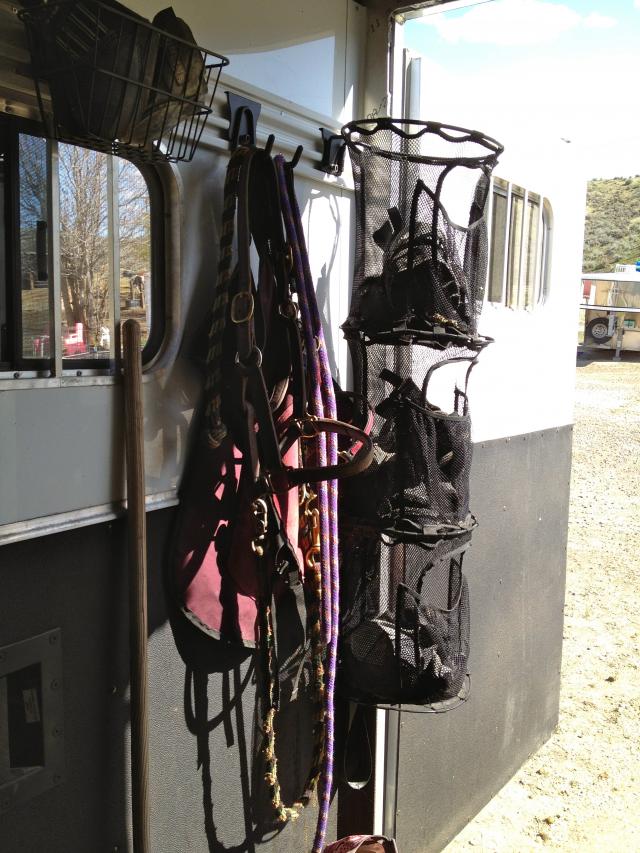It’s that time! The temperature is starting to warm up, the birds are chirping and the horses are beginning to shed. We are fortunate to have had a brief reprieve from the mud, which is sure to come back with the storm system in the forecast for the next week. For now, I’ll take it!
The New Year is always a time for me to reflect and redirect, and I am now caught up on all my trimming and all of the other things I wanted to catch up on. Now that we’ve crossed that bridge, it’s time for a new one! Spring cleaning, but not the typical, scrub the house from top to bottom with the windows open, no, this is spring cleaning for the barefoot horse owner!
First order of business is quite possibly one of the most important ones. A new rasp! Be sure to invest in a high-quality rasp, such as the Save Edge Hoof Rasp. I think people tend to forget how old their rasp is and exert a lot of unnecessary energy using a dull one. At only $28, this is something that should be replaced often. You won’t regret it!
While you’re buying your new rasp, don’t forget the handle. It always surprises me watching people trim without a handle on their rasp. Not only does this look uncomfortable, it seems somewhat dangerous and I frequently have visions of the pointy rasp-end plunging into my body should my horse spooks or jump or fall or something. Yes, I go there. Buy a handle, save yourself from uncertain death.
When is the last time you’ve had your hoof knife sharpened? Now is a good time to have it done. A sharp knife requires less force and is much less likely to skip across the hoof and scalp the inside of your wrist. Again, save yourselves, people!
Take stock of your boots. I haven’t done this yet, but I think it would be a good idea to gather up all your boots, make a pile for repairs and a pile for good-to-gos. Organize accordingly. This would also be a good time to make sure you have a full-set for each horse, and the appropriate spares. I like to retire well-used boots to spares, and start the season with a new set. I know boots are expensive up-front, but they are no more than two sets of shoes and last a whole lot longer. For some it’s easier on the wallet to buy in pairs. You just don’t want to get caught without boots when you need them.

Prepare a “hoof first aid kit.” Coming from an equine vet’s wife, we see many clients who are unprepared to deal with a hoof emergency. Unfortunately spring time is prime time for abscesses, laminitis and hoof bruises. Abscesses are common in horses standing in mud, which is unavoidable for some. Laminitis cases spike due to the lush, rich spring grass and hooves are more susceptible to hoof bruises going from soft pastures and pens to harder or rocky trails. Your hoof first aid kit can be stored in a bucket that may double for soaking. Add a bottle of antibacterial dish soap, a long-handled stiff scrub brush, an Easysoaker for more intense soaking, a couple diapers and some duct tape to handle abscesses, an iodine scrub and ichthamol if you’re so inclined. If your horse is prone to laminitis, you may seriously consider keeping a pair of Easyboot RX boots in the mix, as they are great for a very sore-footed horse. I could probably go on for a while longer, so I’ll stop now.

Lastly, clipping the long hair at the back of the pasterns prevents the nasty mudballs from forming and has been the only way to keep scratches at bay for my thin-skinned, red-headed, princess mare. I realize this is probably as controversial as me previously saying I clean up the ragged edges of the frogs, but my horses are all live and well despite my propensity for cleaning things up. If it’s the worst thing that ever happens to them, well they’re doing OK.
How do you clean-up for spring?





